Search The Collection
Filter By
Semiprecious stone
Geographic Location
Date / Era
Department
Show Only:
- As part of the Met's Open Access policy, you can freely copy, modify and distribute this image, even for commercial purposes.API
Public domain data for this object can also be accessed using the Met's Open Access API
Objects with changed or unknown ownership in continental Europe between 1933-1945. Learn more
Showing 53 results
Sort by:
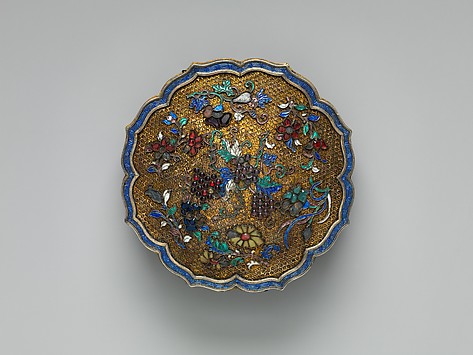
China
late 18th–early 19th century
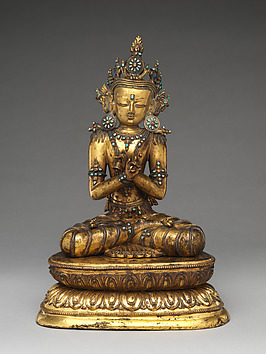
Tibet
15th century
Indian
19th century
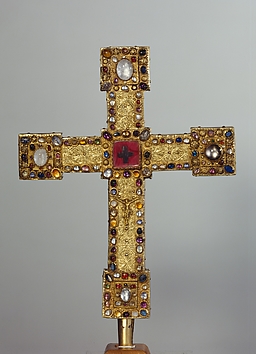
German (Hildesheim)
ca. 1180–90
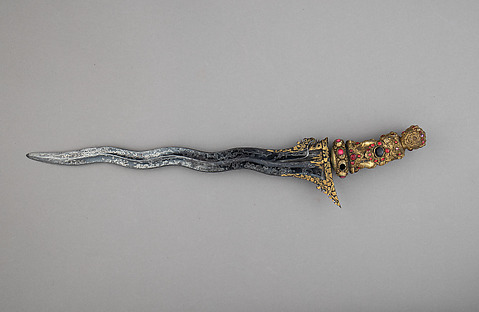
Balinese
16th–19th century

Nepal
14th–15th century
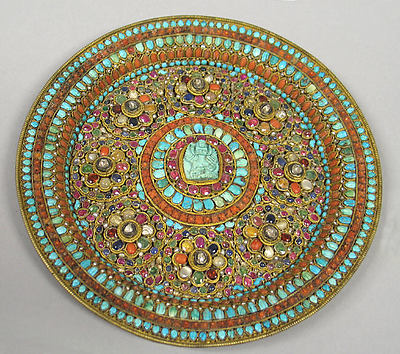
Nepal
17th–19th century
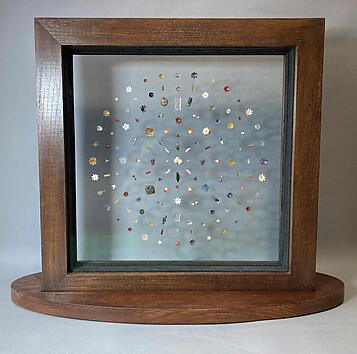
India, Piprahwa Great Stupa, Siddharthnagar district, Uttar Pradesh
ca. 240–200 BCE

China
3rd century
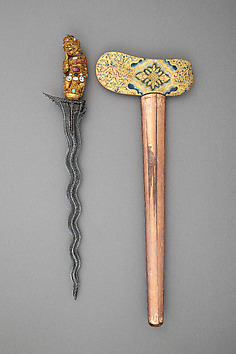
Balinese
19th century

Indonesia (Bali or Eastern Java)
late 18th or 19th century

Nepal
17th–19th century

China
ca. 1st century BCE–1st century CE
ca. 2100 B.C.
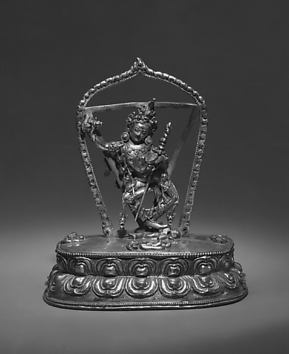
Tibet
ca. 17th century
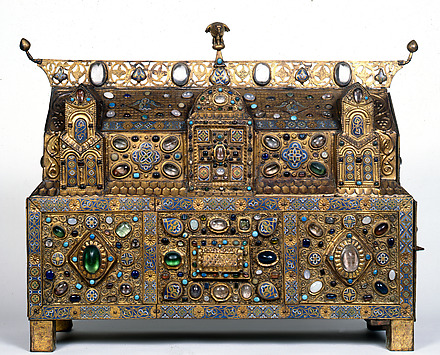
French
1180–90

Newari, for the Nepalese or Tibetan market
17th–19th century
Arabian, blade German
19th century
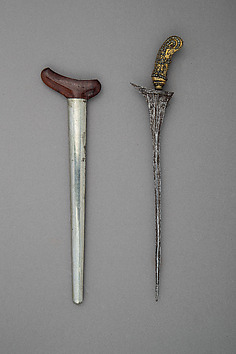
Bornean
16th–19th century
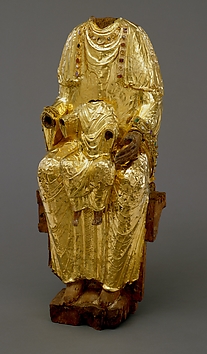
German (Hildesheim)
before 1022
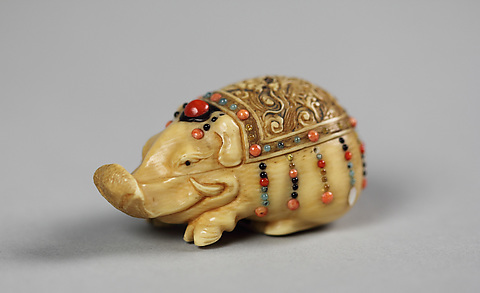
Kōhōsai
19th century
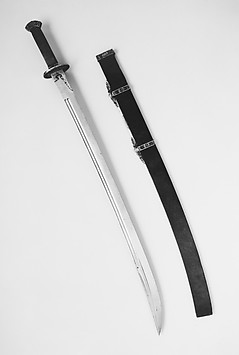
Chinese
17th century
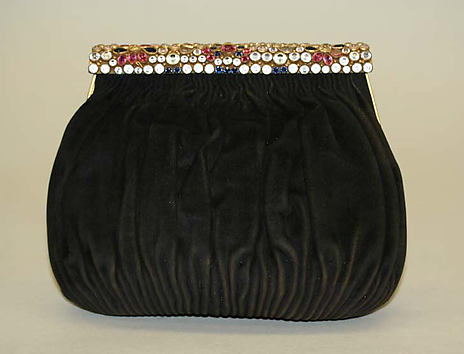
Hattie Carnegie, Inc.
early 1940s
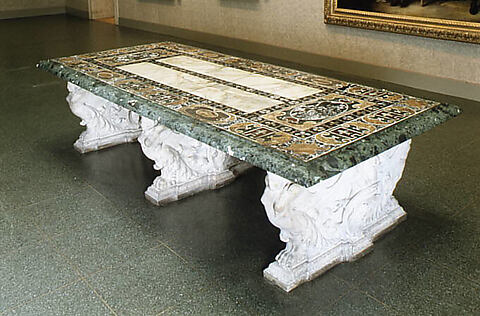
Jacopo [Giacomo] Barozzi da Vignola
ca. 1565–73
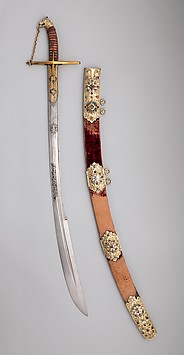
Georg Hoffmann
early 17th century

19th century
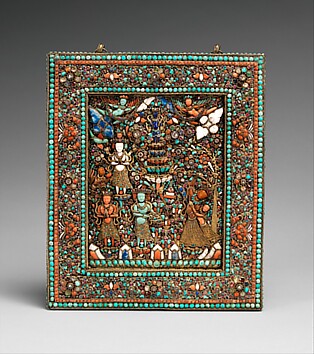
Nepal
18th–19th century
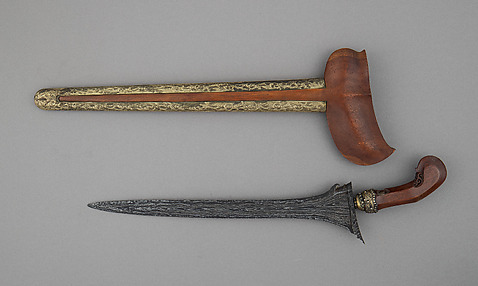
Javanese
16th–19th century
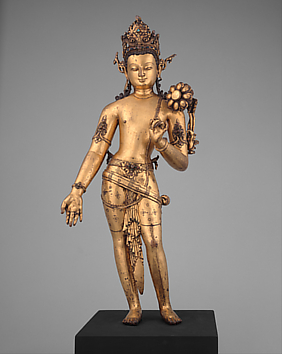
Nepal, Kathmandu Valley
11th–12th century
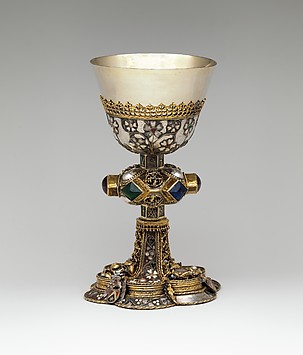
Central European
mid-15th century
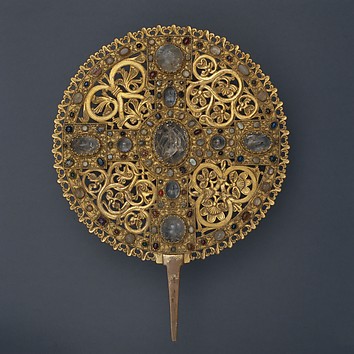
German (Hildesheim)
ca. 1130–50
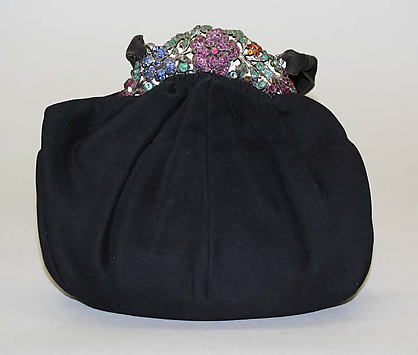
French
1940
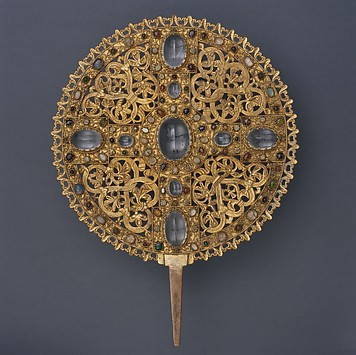
German (Hildesheim)
ca. 1130–50

Balinese
19th century
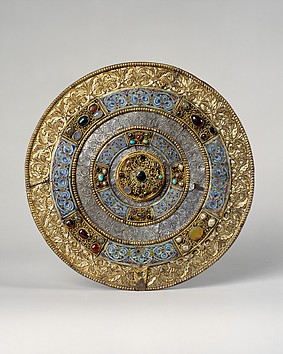
German
19th century, with minor elements of about 1200
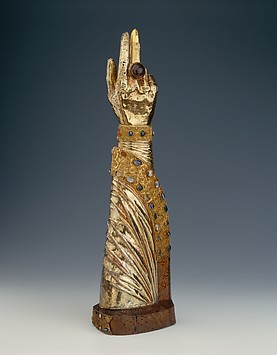
German (Hildesheim)
ca. 1194
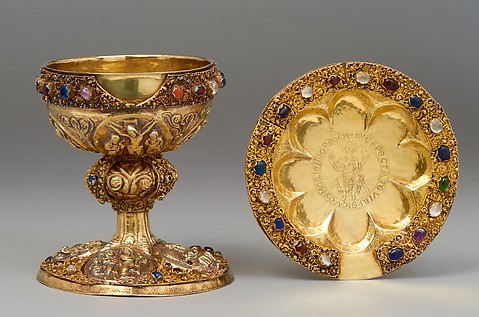
German (Hildesheim)
first third 13th century
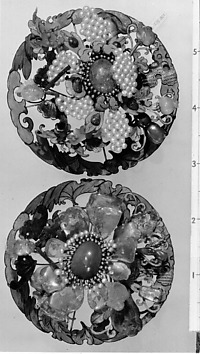
China
18th–19th century
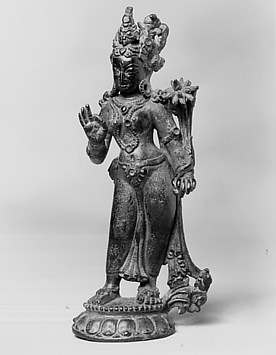
Nepal (Kathmandu Valley)
13th century

Nepal
ca. 14th century